|
There are six main steps to making great silage! Mow wide windrows, Moisture Test (keep reading we show an easy microwave trick to test moisture) , Rake (as needed), bale tight and uniformly, haul (no further than necessary) & Wrap within 4-8 hours after baling. We will go through each of these steps and also offer answers to some of our most asked questions about wrapping hay! What is high moisture hay and why should I wrap it? High moisture hay can be referred to as haylage, baleage, and silage. It is <60% moisture hay that has been wrapped airtight and allowed to ferment. Minimizing harvest loss, reducing harvest time, increasing average daily gain, minimizing storage loss, reducing feed cost, and reducing weather risk are reasons to produce high moisture hay. Unwrapped bales absorb moisture form the ground and precipitation causing spoilage while wrapped hay provides a plastic film barrier against moisture and promote fermentation, so you can save it all. When should I mow? You should mow during the vegetative state while at 4” because it leaves a higher concentration of nitrates and helps to boost regrowth. The growing point is saved and immediately starts growth. How should I mow? Mowing at 4” leaves a higher concentration of nitrates, helping to boost regrowth. The growing point is saved, and is able to immediately start growth. Hay mowed at 2” includes a higher concentration of nitrates, manure splash, ashes and dirt, as well as increasing the fertilizer costs associated with nutrient replacement. How can I test moisture? The graphic below shows a microwave technique you can use to test moisture. Does my baler matter when it comes to making silage? Compression drives out the oxygen. As the hay is rolled the baler applies consistent pressure which keeps air pockets from forming when baling and it further compresses the bale as it passes across the wrapper into the tube. The tighter compacted a bale is, the better silage you will produce. Balers like the McHale V6&V8 chopper balers are industry standard for compact bales perfect for wrapping. Inline wrappers use the combined weight of the bale tube and the machine to pack bales tightly together as they are wrapped. Individual wrappers pull the plastic around the bale as the platform spins. The weight of the bale and tension on the plastic provides the pressure needed to seal the bale. How many layers of plastic should I use? Depending on where you live, you will need 6-8 layers of plastic. You need the film to last at least one year outside in the sun. In warmer climates, 8 layers of wrap are recommended because higher levels of UV exposure can break down the outer layers of plastic quicker. Plastic, exposed to heat and cold, will keep expanding and contracting when using a quality film product. Film storage is critical, film should not be exposed to extreme heat or sunlight for long periods of time. This plastic should be white to reflect the heat. Any other color will ABSORB the heat instead of reflecting it. Too high a temperature inside the bale will bond the protein to the fiber and increase the time needed by cows to digest the fiber, thus reducing the space in the cows rumen for new forage intake. This is known as the “bonded protein” effect. This will result in a loss of profitability! During periods of hot weather, you must clean the pretensioner rollers frequently to remove cling deposits. This will control the stretch to levels you need (55% to 75%). Overstretched plastic, 75% or greater, may result in premature film degradation and barrier properties. The lack of oxygen barrier allows the CO2 inside the bale to escape. What type of silage film should I use? You should look for good silage film that will provide an excellent oxygen barrier that will keep the CO2 inside the bale. If you lose CO2, your haylage will develop mold. You need enough tack or cling on the film to seal the bale. When should I feed silage bales? Every bale that is made on your farm has a different conservation period. You can know at time of wrapping the length of time that the feed value will be at 100%. Moisture level is 40% to 60% for grass and 40% to 55% for legumes. This haylage will maintain it’s feed value for one year. If moisture level is greater than 60%, feed first. If moisture level is less than 40%, feed second. If moisture level is between 40-60%, feed last. In review, there are 6 main steps outlined in images below, that will give you the tools you need to make the best silage/haylage this season! Resources: The How and Why of Silage, 2017 Bernard Adam & Tubeline Mfg. See full text here. Comments are closed.
|
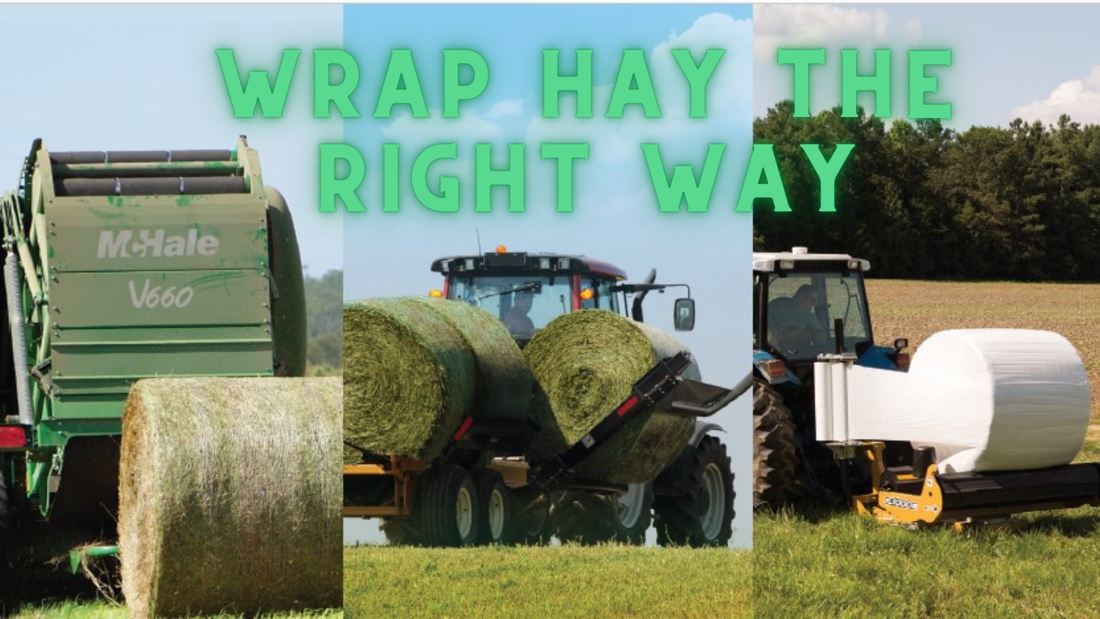
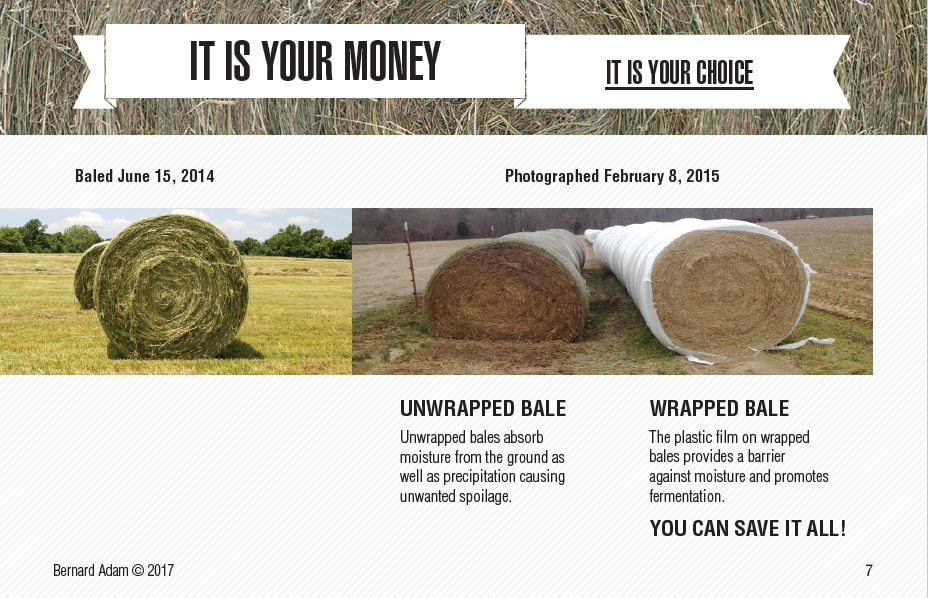
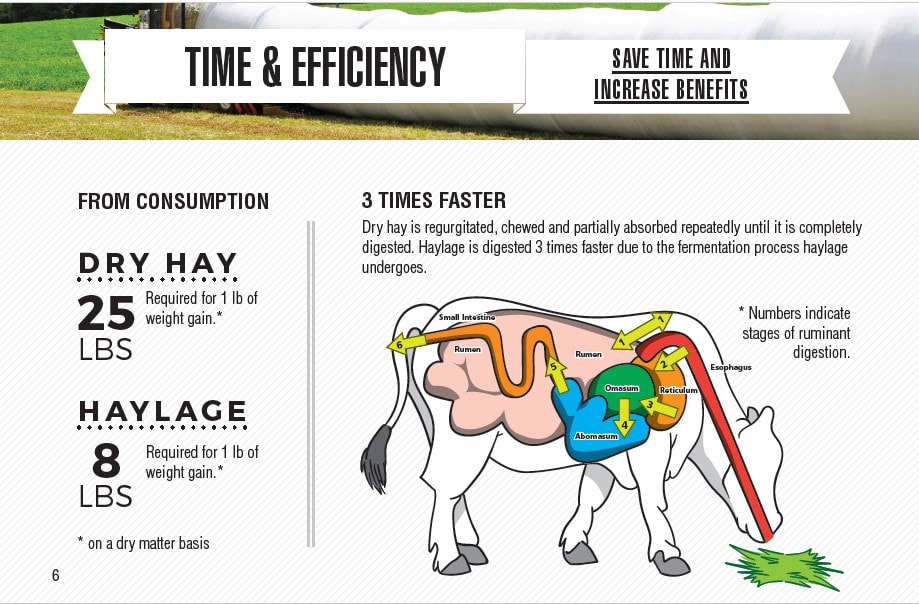
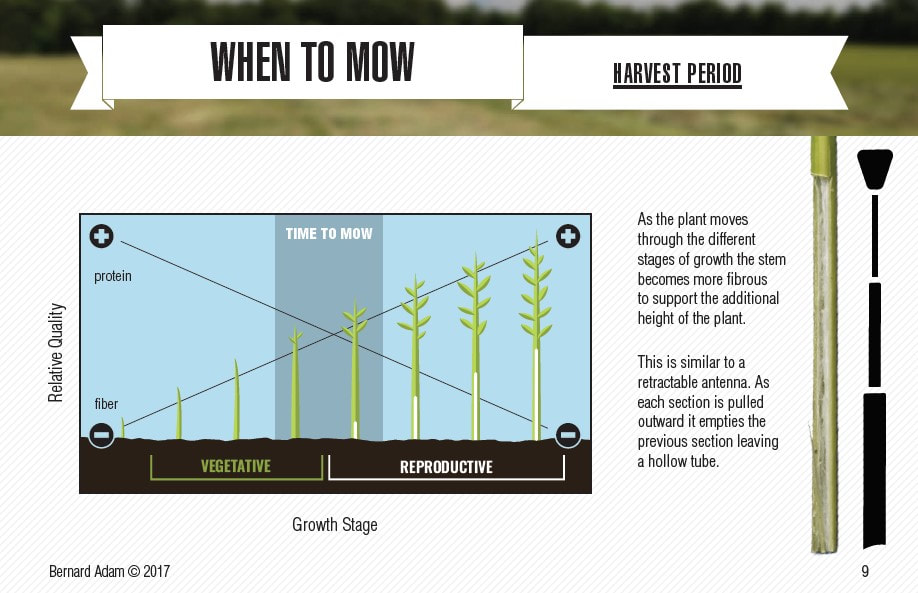
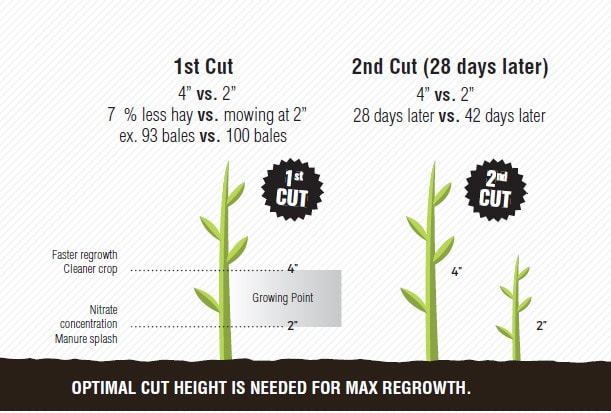
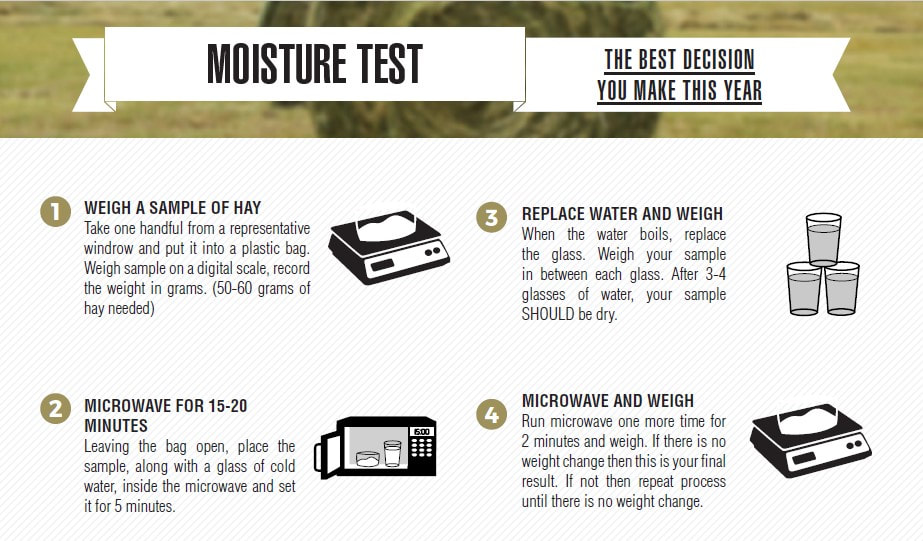
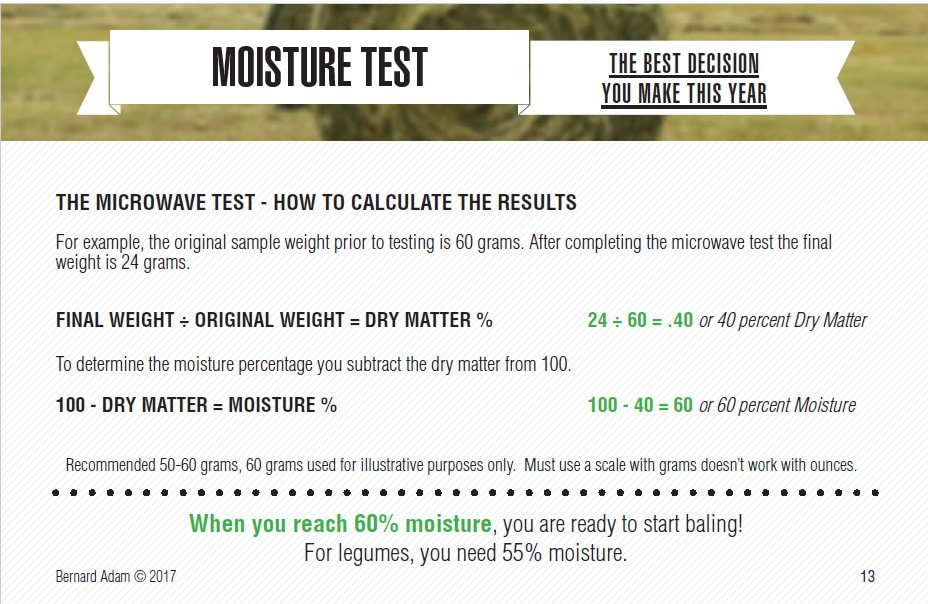
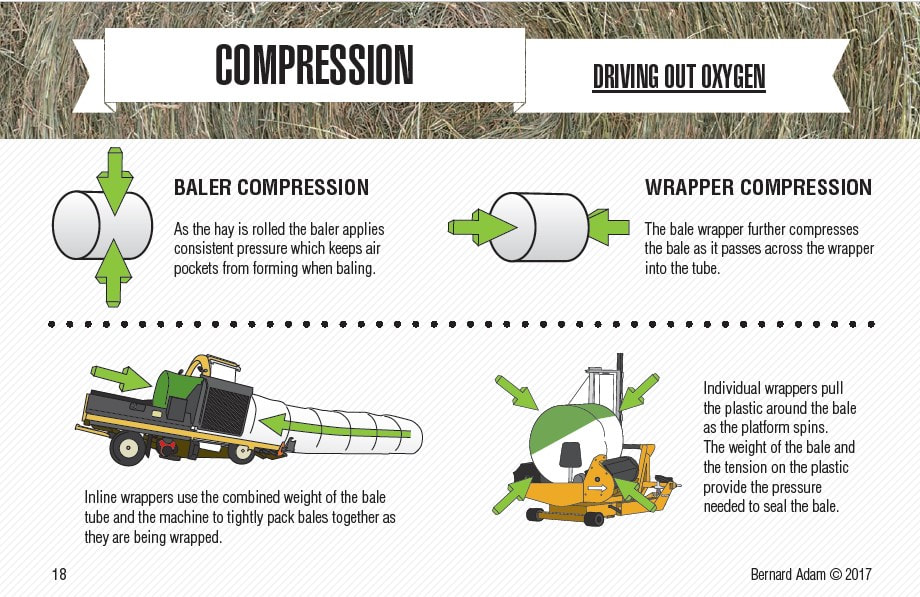
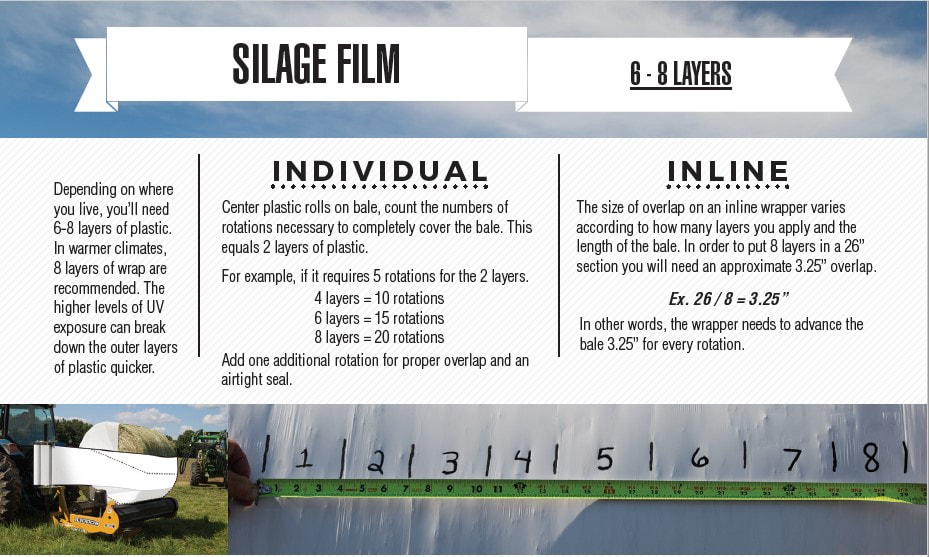
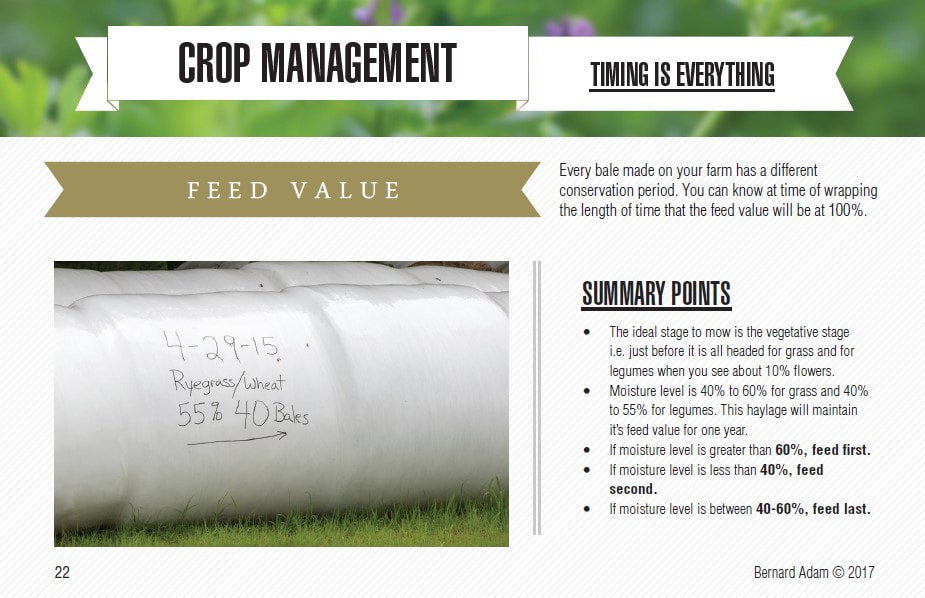
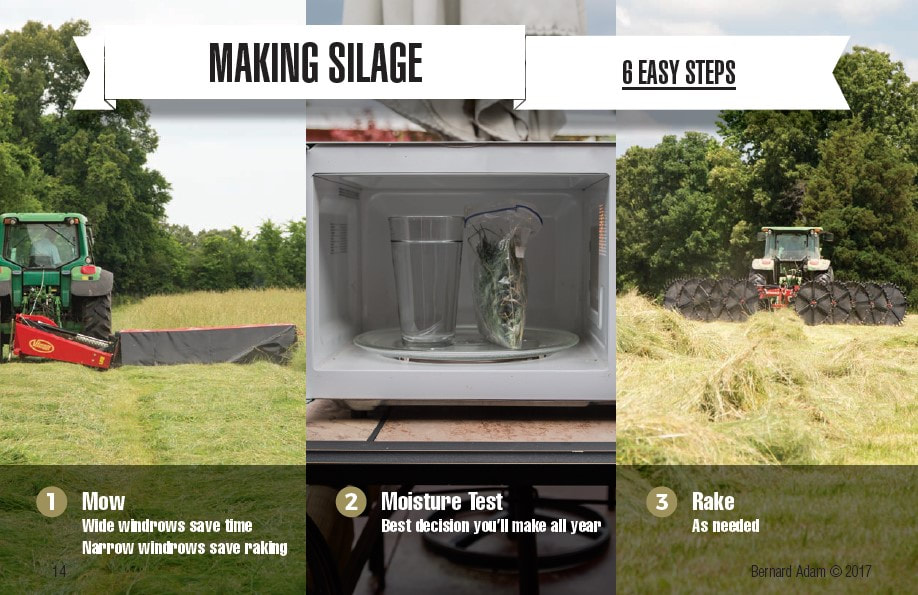
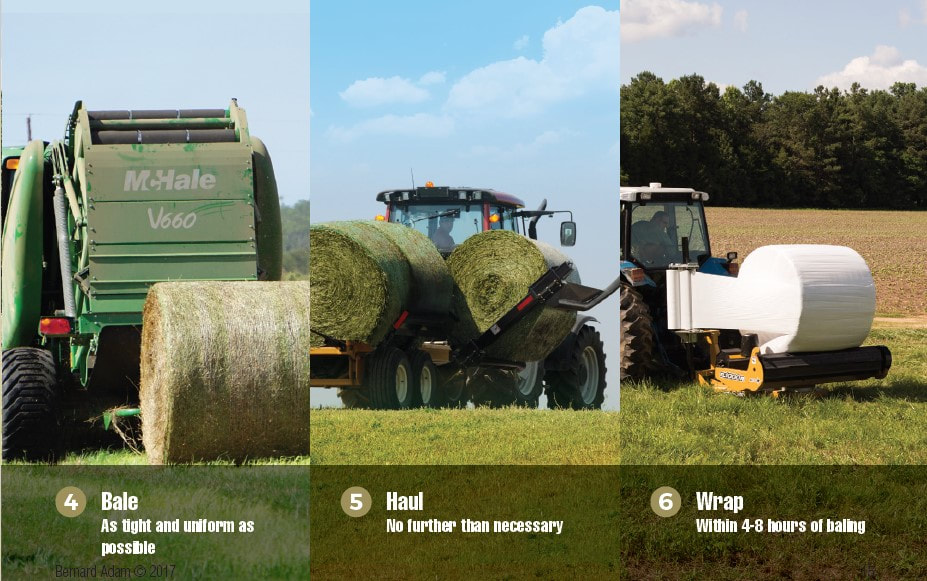
 RSS Feed
RSS Feed